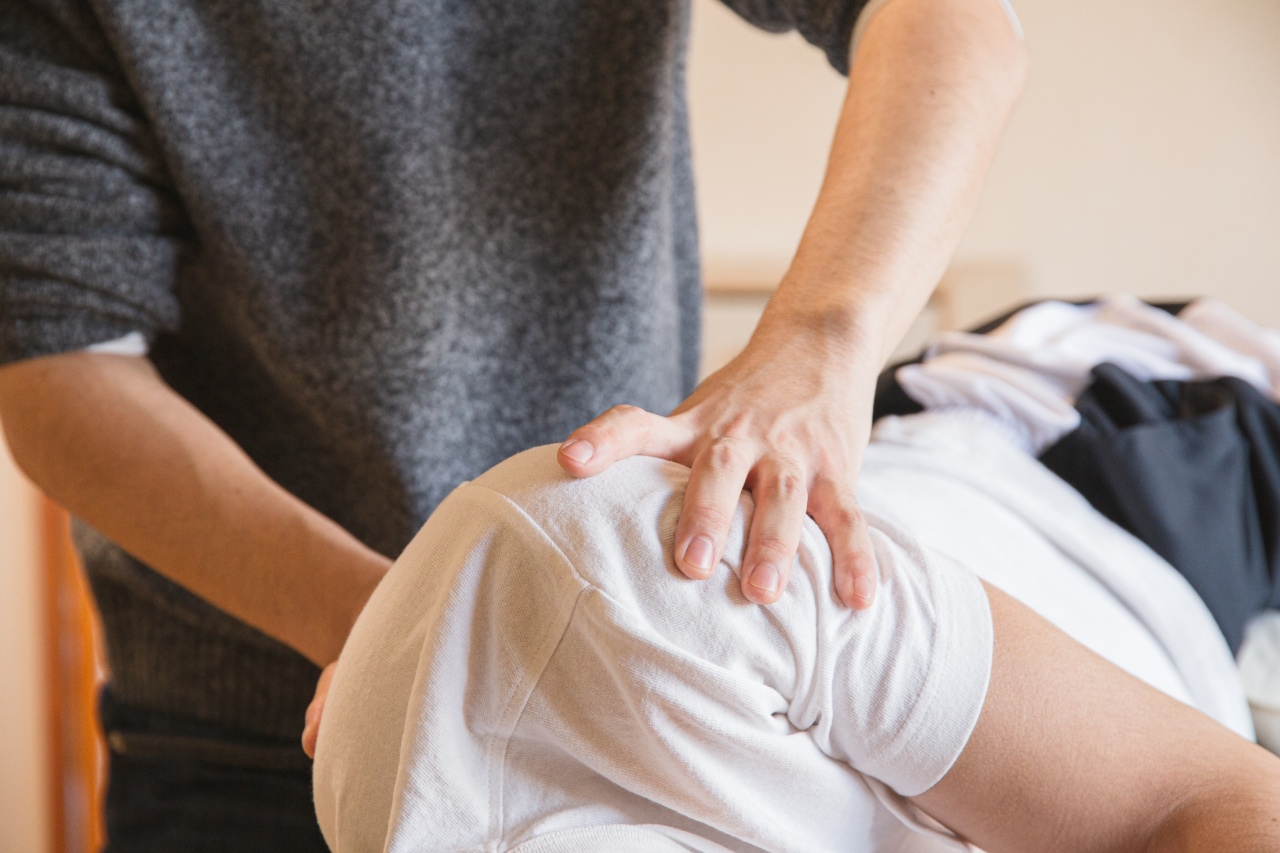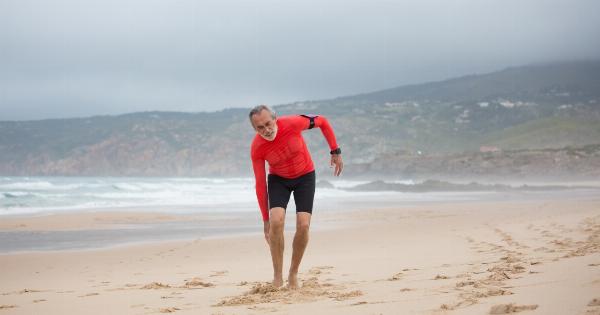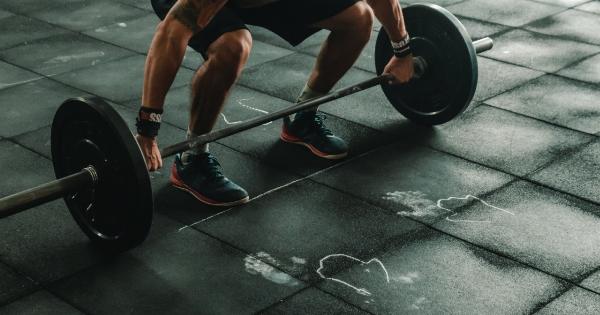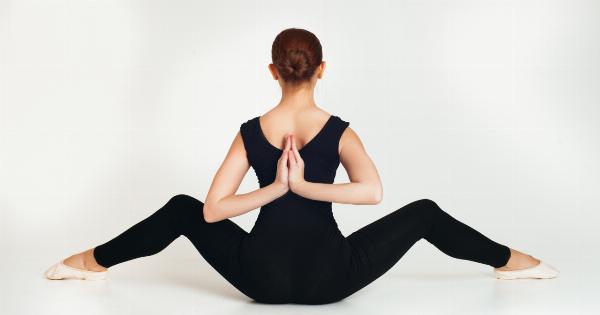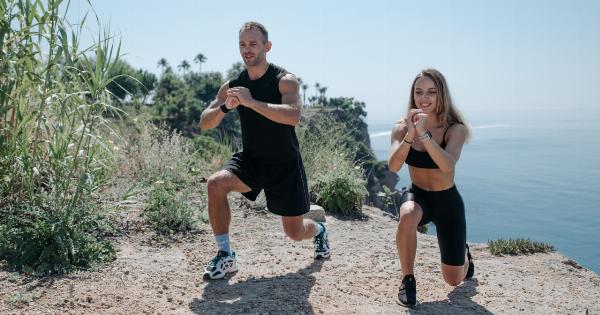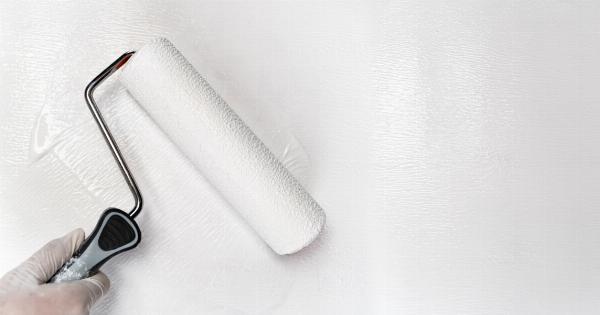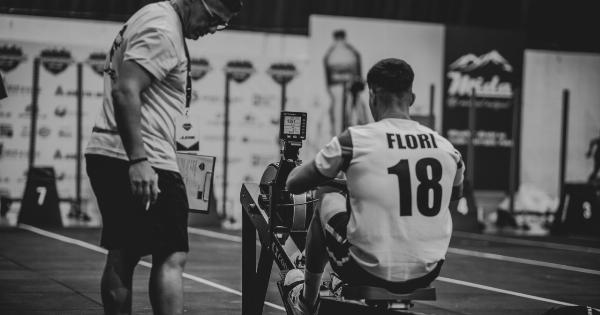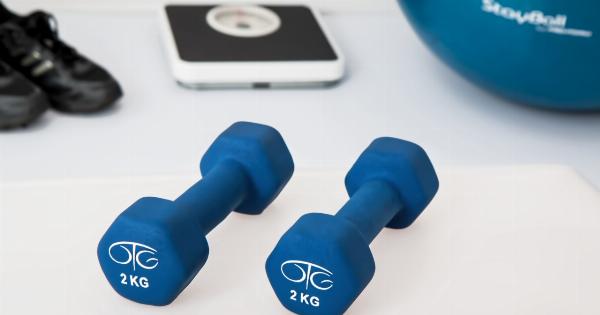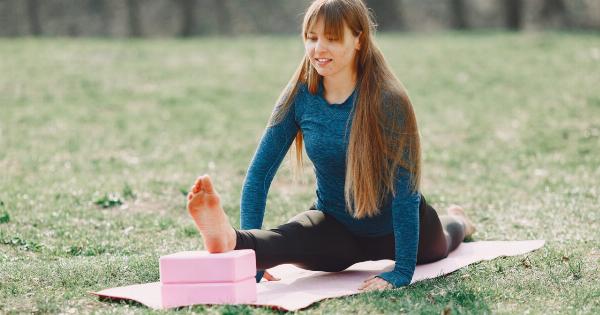The Achilles tendon is the largest and strongest tendon in the human body. It connects the calf muscles to the heel bone and is crucial in powering the foot’s movement for activities like walking, running, jumping, and dancing.
However, this tendon is also susceptible to injury and damage, especially in athletes who strain or overuse it repeatedly. Achilles tendonitis, Achilles tendon rupture or tear, and Achilles tendinosis are common injuries that affect the Achilles tendon.
The Importance of Exercise in Achilles Tendon Recovery
If you have suffered from an Achilles tendon injury, one of the key aspects of your recovery will be exercise. Exercise is vital for strengthening and stretching the injured tendon, improving blood flow and circulation, and preventing future injuries.
However, it is essential to exercise appropriately and follow your doctor’s or physiotherapist’s advice. Here, we have compiled a list of exercises that can significantly aid in your Achilles tendon recovery.
1. Eccentric Heel Drops
Eccentric heel drops are the most widely recommended exercise for Achilles tendonitis and tendinosis cases.
The exercise involves standing on the edge of a step and lowering your heels slowly towards the floor, then stepping back up to the starting position. The emphasis is on performing the downward part of the exercise slowly and controlled, as fast movements can cause further damage to the tendon.
2. Calf Raises
Calf raises are a great exercise to strengthen the calf muscles, which in turn supports the Achilles tendon.
They can be performed on the ground or on a step, and involve standing with your feet shoulder-width apart and then lifting your heels to raise your body weight onto the balls of your feet. Slowly lower back down and repeat.
3. Resistance Band Workouts
Resistance bands are a great tool for rehabilitation exercises, and are widely recommended by physiotherapists for strengthening tendons and muscles.
Resistance band workouts for Achilles tendon injury typically involve various leg exercises like ankle dorsiflexion, plantar flexion, and inversion. Be sure to consult a physiotherapist for specific exercises that target your injury properly.
4. Stretching Exercises
Stretching exercises are essential for maintaining mobility and flexibility in your Achilles tendon and calf muscles. Gentle calf stretches such as the standing wall calf stretch and the seated calf stretch can help keep your muscles supple.
Ensure that you hold each stretch for at least 15 seconds and stop immediately if you feel any pain or discomfort.
5. Heel Raises On A Bosu Ball
Heel raises on a Bosu ball are a challenging but rewarding exercise for Achilles tendon recovery. The Bosu ball provides an unstable surface that helps to build balance and strengthens the muscles in your lower leg.
Stand on the flat side of the Bosu ball with your feet flat and parallel to each other. Slowly raise and lower your body weight onto the balls of your feet, keeping your legs straight and your core engaged.
6. Plyometric Exercises
Plyometric exercises are high-intensity exercises that can improve your power, speed, and explosiveness. However, they need to be approached with caution when recovering from an Achilles tendon injury.
They should be performed only after your tendon has fully healed and with the guidance of a physiotherapist. Examples of plyometric exercises for the lower leg include jumping lunges, box jumps, and skipping drills.
7. Toe Walks
Toe walks are a simple but effective exercise to rehabilitate the Achilles tendon. Stand with your feet flat and parallel to each other.
Slowly lift your heels off the ground, shifting your weight onto the balls of your feet and walking forward for twenty steps. The exercise works on the lower leg and foot muscles, improving the overall strength around the Achilles tendon.
8. Heel Cord Stretch
The heel cord stretch can help alleviate some of the tension that builds up in your Achilles tendon during the early stages of recovery. Sit on a chair with your affected leg crossed over your other leg, then gently push the base of your toes forward.
Hold the stretch for fifteen seconds and repeat three times.
9. Sitting Heel Drops
The sitting heel drop is an ideal exercise for those who may not be able to stand up. Sit on the edge of a chair with your feet hip-width apart and both feet flat on the floor.
Slowly lower your heels downwards, then lift your heels back up to the starting position.
10. Toe Raises
Sit on the edge of a chair with your feet hip-width apart and both feet flat on the floor. Lift your toes off the ground, leaving your heels planted on the floor, then slowly lower your toes back down.
This exercise targets the muscles in your feet and toes, helping to improve overall mobility, flexibility, and strength.
